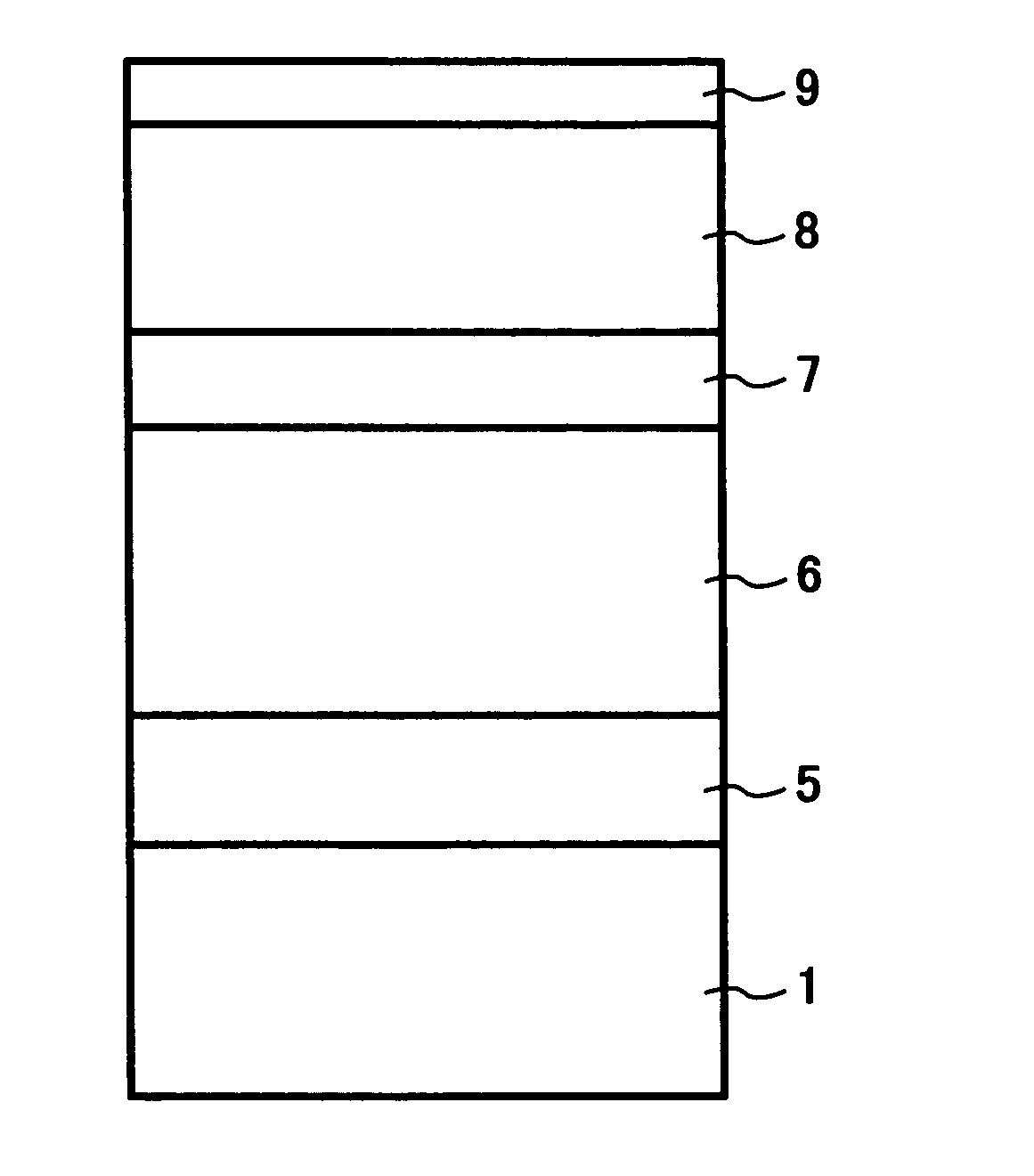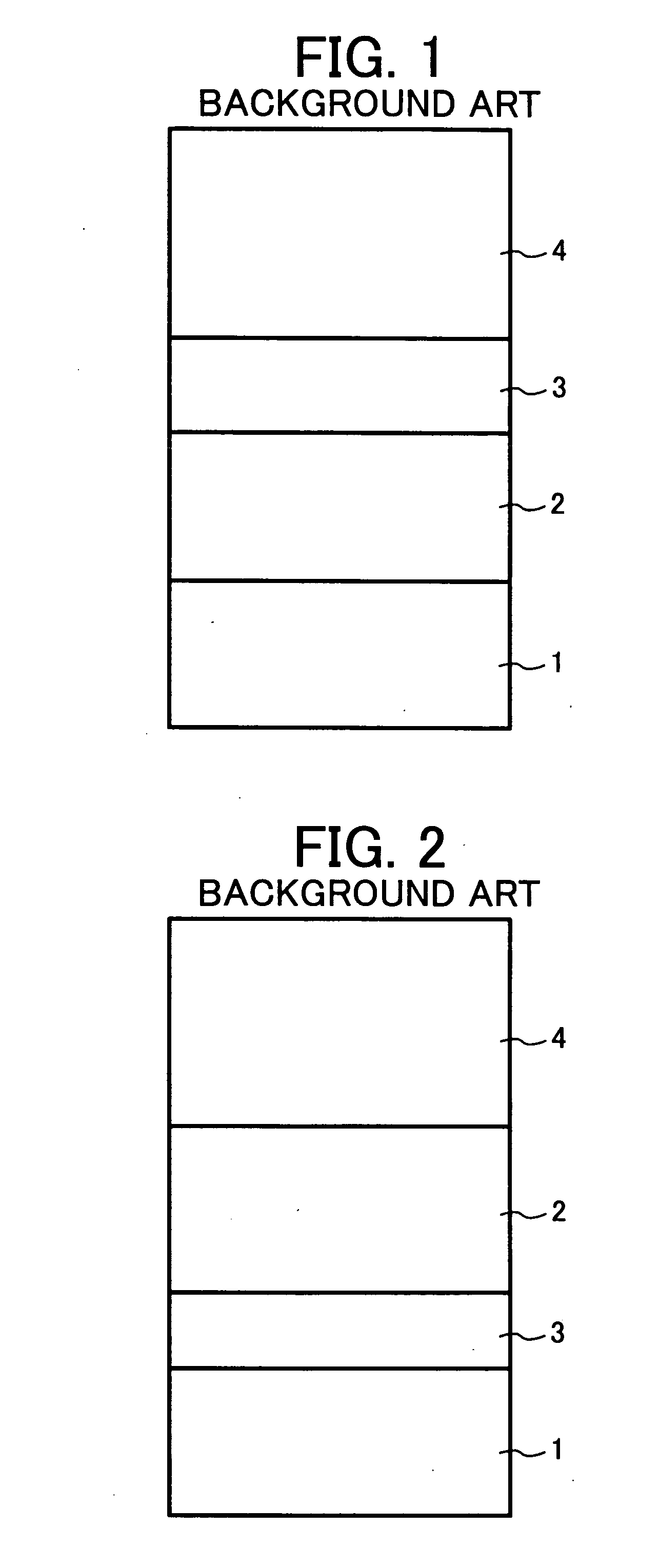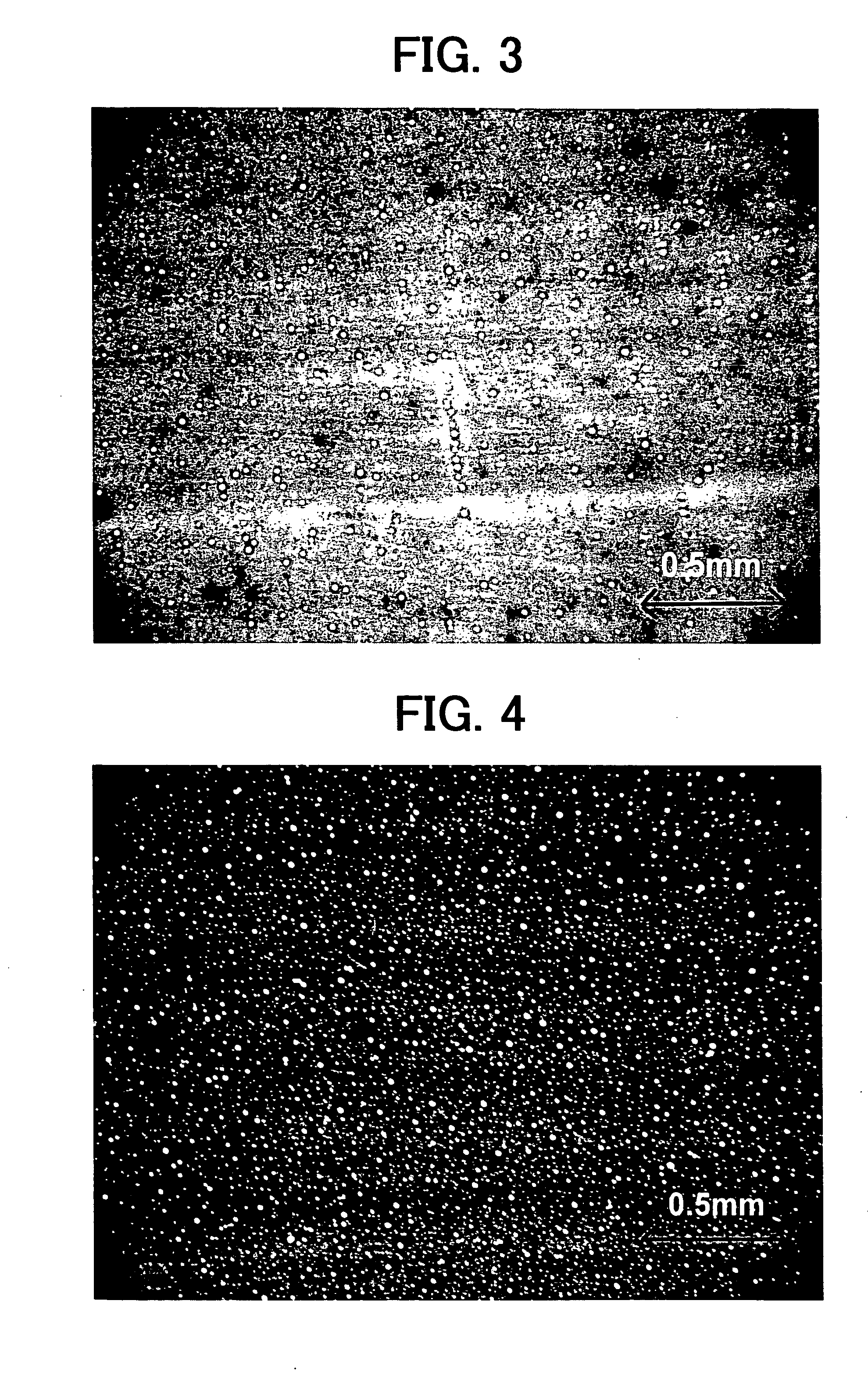Electrophotographic photoreceptor, and image forming apparatus and process cartridge using the electrophotographic photoreceptor
a photoreceptor and electrophotography technology, applied in the field of electrophotographic photoreceptors, can solve the problems of mechanical ablation of the uppermost layer of the photoreceptor, inability to use the photoreceptor with a smaller diameter but a shorter life, and inability to produce high-quality images
- Summary
- Abstract
- Description
- Claims
- Application Information
AI Technical Summary
Benefits of technology
Problems solved by technology
Method used
Image
Examples
preparation example 1
Dispersion Preparation Example 1
[0221] A dispersion (i.e., a charge generation layer coating liquid) was prepared using the following components.
Azo pigment having the following formula 5 partsPolyvinyl butyral 2 parts(S-LEC BX-1 from Sekisui Chemical Co., Ltd.)Cyclohexanone250 parts2-butanone100 parts
[0222] At first, the polyvinyl butyral resin was dissolved in a mixture of 2-butanone and cyclohexanone. Then the azo pigment was mixed with the resin solution and the mixture was subjected to a dispersion treatment for 7 days using a ball mill which includes PSZ balls with a particle diameter of 10 mm and which is rotated at a revolution of 85 rpm. Thus, a dispersion 1 was prepared.
preparation example 2
Dispersion Preparation Example 2
[0223] The procedure for preparation of the dispersion 1 was repeated except that the azo pigment was replaced with an azo pigment having the following formula.
[0224] Thus, a dispersion 2 was prepared.
preparation example 3
Dispersion Preparation Example 3
[0225] The procedure for preparation of the dispersion 1 was repeated except that the azo pigment was replaced with an azo pigment having the following formula.
[0226] Thus, a dispersion 3 was prepared.
PUM
| Property | Measurement | Unit |
|---|---|---|
| Length | aaaaa | aaaaa |
| Thickness | aaaaa | aaaaa |
| Particle diameter | aaaaa | aaaaa |
Abstract
Description
Claims
Application Information
 Login to View More
Login to View More - R&D
- Intellectual Property
- Life Sciences
- Materials
- Tech Scout
- Unparalleled Data Quality
- Higher Quality Content
- 60% Fewer Hallucinations
Browse by: Latest US Patents, China's latest patents, Technical Efficacy Thesaurus, Application Domain, Technology Topic, Popular Technical Reports.
© 2025 PatSnap. All rights reserved.Legal|Privacy policy|Modern Slavery Act Transparency Statement|Sitemap|About US| Contact US: help@patsnap.com



